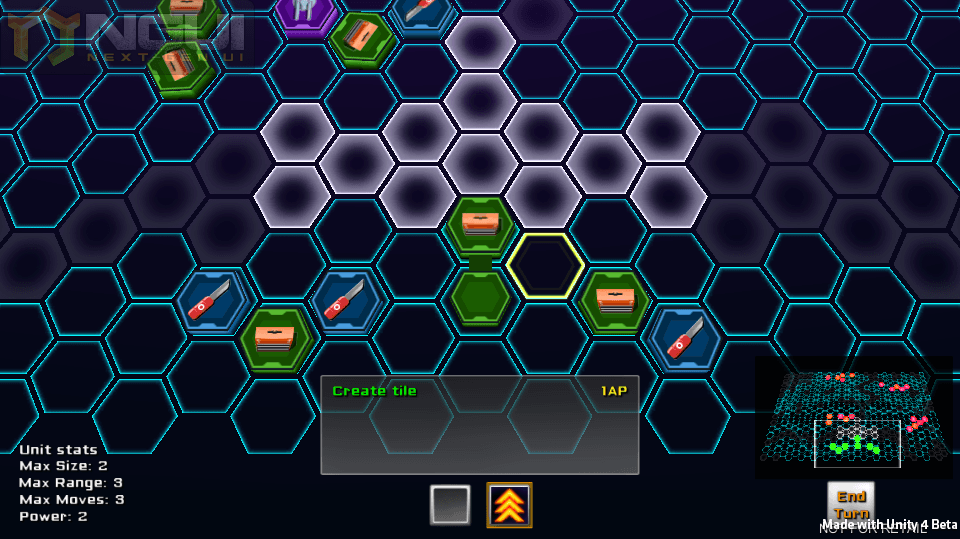Cohack Prototype – Ludum Dare 30 Postmortem
Ludum Dare 30 was a success. For those who are not game developers, ludum dare is an international event where developers make a working prototype of a game in a single weekend. It happens three times a year and is very popular among indie devs like myself.
The prototype we made, as specified in one of my previous posts, is a modern retake on Shockwave game Spybot: The Nightfall Incident.
PLAY IT HERE
The prototype was developed by four people, although sound effects were created by audio composer Rich Douglas from the previous 2D version of the project mentioned here: https://www.zesix.com/2013/08/cohack-a-reimagination-of-spybot-the-nightfall-incident/
Ultimately, the jam went very well. I’m going to keep this postmortem short and highlight the main points of what worked out for us.
Team Logistics
I believe the key to teams is having a manager. When the team is more than three people, having one person who is in charge of overseeing the project is important. This keeps people from sending a file to all team members or not knowing who to turn to when something is in question. This manager would also be in charge of logistics and balancing the work schedules of other team members. I was the team manager for this project, and here are the things I did to keep everyone together:
- Brainstorming. Since I was working with two people I found on Reddit, it was important for me to find out what timezones the team worked in. For this LD, the team was scattered all over the world and I’m pretty sure I sacrificed the most sleep to keep things together. For me, it was important to know a.) timezones and b.) general ‘work hours’ since everyone was doing this on their free time.
- Kickoff Solidarity. We knew that ‘Connected Worlds’ was the most-voted theme leading up to the event, so we started brainstorming ideas a few days before. When the theme turned out to be what we expected, we made a quick Skype call to share ideas and come up with what we considered ‘core’ and what is considered ‘extra’, this way everyone knew what we were working on first and what the bare minimum of our submission was intended to be.
- Prioritizing. This is my third time participating in LD, and one of the things I’m personally good at is maintaining scope. The first LD I participated in was a heck of a mess in the first hour, with people putting down ideas without really solidifying what the ‘core game’ was going to be. For the last LD and this one, I made sure the team remained focused on agreeing upon a ‘core’ and then voting on what ‘extras’ were most important. For example, the minimap at the bottom right was the most agreed upon ‘extra’ in a big list of ideas, and because we had a list of priorities we were able to incorporate it and keep the project as a whole from ever getting sidetracked.
- Wrap-Up. The final 12 hours of a jam can be very stressful. Team members who aren’t programmers are generally worried whether the project is going to be finished because they aren’t a part of the final building process (creating the executable or web-playable version). Again, this is where the manager comes in: I was able to tell team members ‘Ok here’s where we are, here’s what I expect by the time you wake up, which will be after the submission period’. I think everyone on my team who had to sign off before submission did so without any worry.
There’s not a lot that went wrong with this jam and I’m very confident that the December jam will be just as smooth. We plan to continue working on this game after the jam, renaming it Cohack: Nightfall in reference to Spybot: The Nightfall Incident. If you’re interested, feel free to follow us on social media:
Facebook: http://facebook.com/cohacknightfall
Twitter: http://twitter.com/cohacknightfall
We also have a working design document that anyone can comment on if they would like to give suggestions for the game: http://goo.gl/OWtsgb
Please check out our ludum dare entry and tell us what you think!

